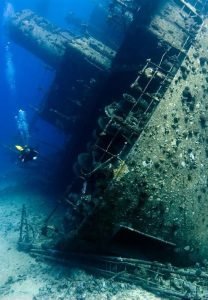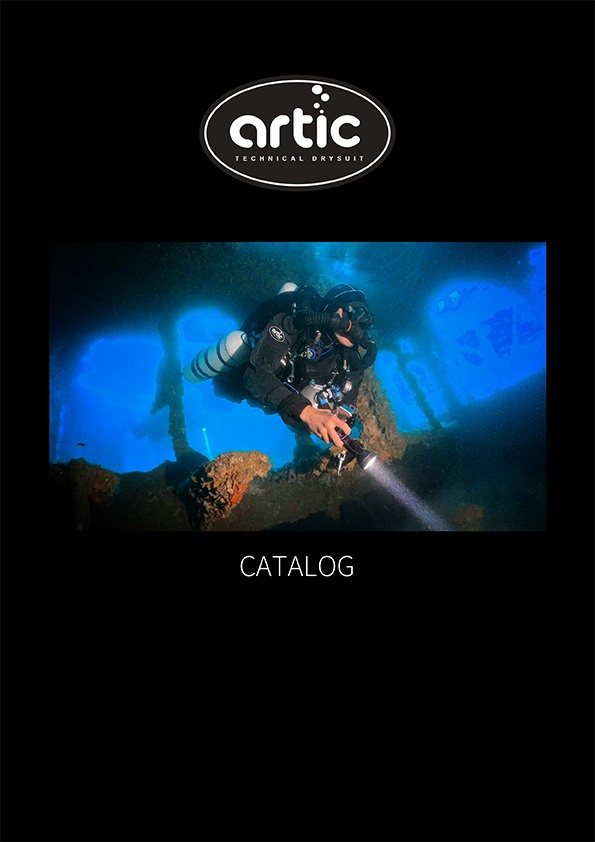
Raja Ampat, Indonesia is a remote archipelago in the heart of the Coral Triangle, known for its incredible marine biodiversity and stunning coral reefs. Located off the coast of West Papua, Raja Ampat consists of over 1,500 islands and islets, with a total land area of just over 40,000 square kilometers. This makes it one of the most extensive archipelagos in the world, with much of its area dedicated to marine conservation and protection.
The underwater world of Raja Ampat is a scuba diving paradise, with crystal-clear waters, vibrant coral reefs, and an incredible diversity of marine life. Raja Ampat is home to over 600 species of hard coral, 1,700 species of reef fish, and more than 20 species of marine mammals, including dolphins, whales, and dugongs. It’s also an important nesting site for sea turtles and is home to some of the rarest and most unusual marine species in the world, including the wobbegong shark and the pygmy seahorse.
Diving in Raja Ampat is a unique and unforgettable experience, with sites that cater to divers of all levels. The archipelago is famous for its stunning underwater landscapes, with a mix of steep walls, shallow coral gardens, and thriving sea mounts. The area is also known for its drift diving, with strong currents that bring nutrient-rich waters to the reefs, supporting a diverse and healthy ecosystem.
Some of the best dive sites in Raja Ampat include Misool Island, which offers a mix of wall and drift diving, with large schools of fish and stunning coral gardens. Another must-visit site is the Fam Islands, home to vibrant soft coral gardens, reef sharks, and barracuda. Divers can also explore the Blue Magic site, which is known for its stunning coral formations and abundant marine life, including manta rays and schools of tuna.
In addition to its incredible diving opportunities, Raja Ampat is also a destination for eco-tourism and conservation. The archipelago has several marine protected areas, including the Misool Marine Reserve and the Dampier Strait, which aim to preserve the region’s biodiversity and cultural heritage. Visitors can learn about the local culture and traditions of the indigenous communities that inhabit the islands and support sustainable tourism practices.
Stay updated with the latest scuba diving news, tutorials, and exclusive offers by signing up for our newsletter!
